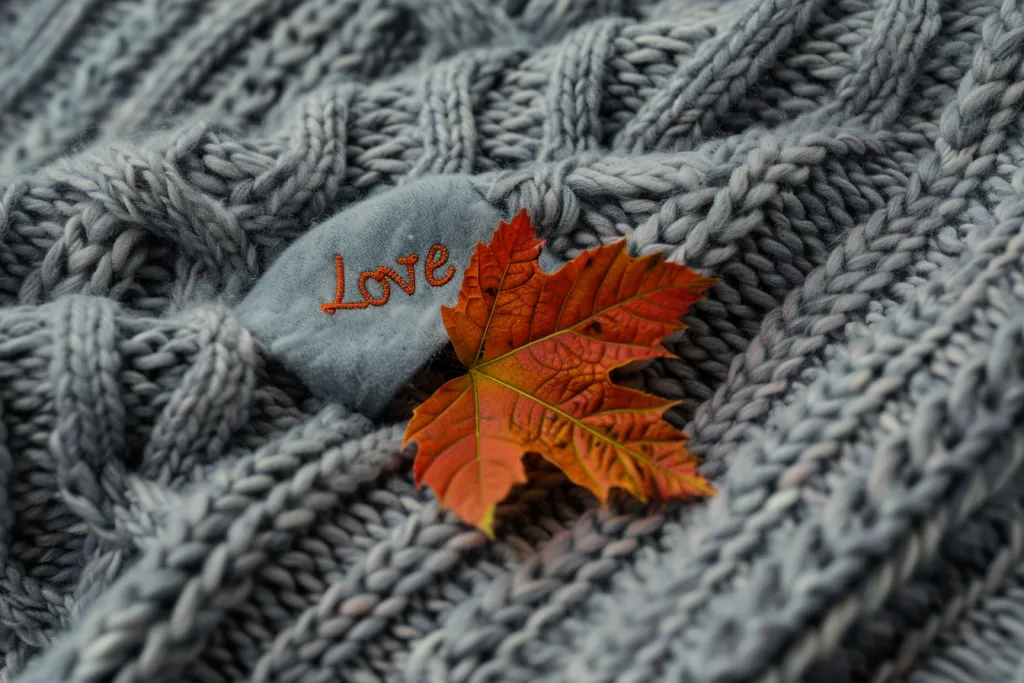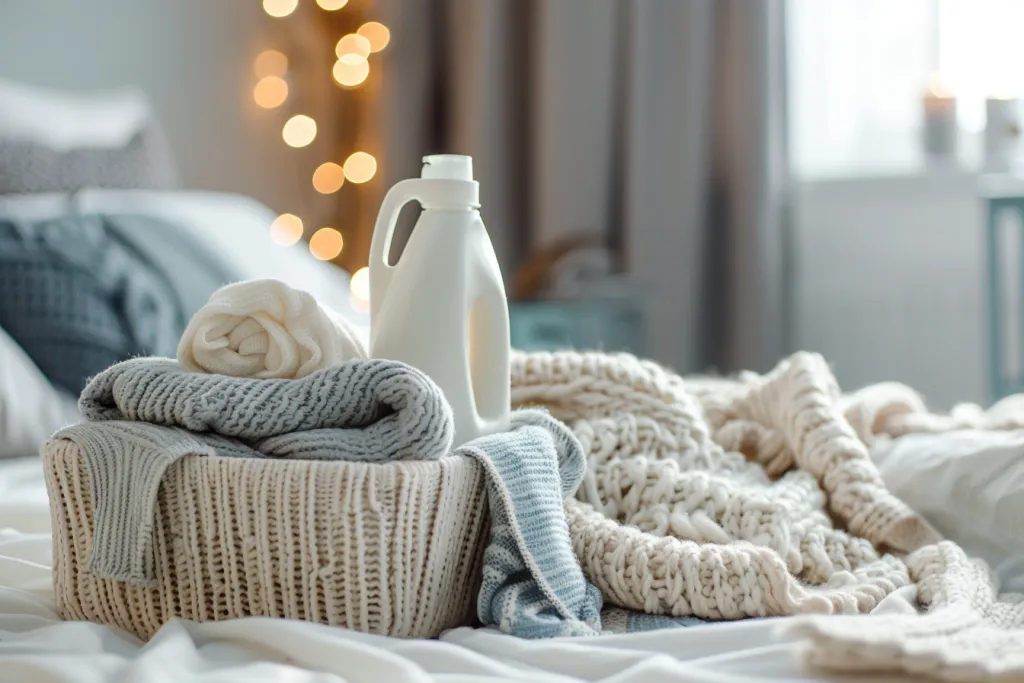As the leaves turn and the air chills, the timeless knit sweater emerges as a wardrobe staple for many. Its allure lies not just in the warmth it provides but in the stories it tells through its patterns, textures, and colors. This guide aims to explore the multifaceted world of knit sweaters, from selecting the right materials to understanding the craftsmanship behind them. Whether you’re a fashion aficionado or seeking practical advice on keeping your knits in pristine condition, this article promises insights that will enrich your appreciation for this cozy garment.
Table of Contents:
– Understanding the different types of knit sweaters
– Selecting the right material for your knit sweater
– The art of styling knit sweaters
– Caring for your knit sweaters
– Sustainability and ethical considerations in knitwear
Understanding the different types of knit sweaters

Knit sweaters come in an array of styles, each with its unique charm and function. The classic cable knit, with its intricate patterns, not only offers aesthetic appeal but also provides enhanced insulation. Meanwhile, the ribbed knit sweater is prized for its flexibility and snug fit, adapting gracefully to the body’s contours. For those seeking a lightweight option, the fine-gauge knit delivers elegance and comfort, making it an ideal choice for transitional weather or layered outfits.
The diversity in knitting techniques also plays a crucial role in the sweater’s texture and durability. For instance, the Intarsia technique allows for the creation of complex, multicolored patterns, adding a vibrant touch to any ensemble. On the other hand, the Jacquard knit offers a more subtle way to incorporate designs, with patterns woven directly into the fabric.
Exploring these variations not only enhances our wardrobe choices but also deepens our appreciation for the craftsmanship behind each piece. Whether you’re drawn to the boldness of a graphic Intarsia or the understated elegance of a Jacquard, understanding these types can help you find a knit sweater that resonates with your personal style.
Selecting the right material for your knit sweater

The material of a knit sweater significantly influences its feel, functionality, and longevity. Wool, known for its warmth and moisture-wicking properties, stands out as a popular choice for colder months. Merino wool, in particular, offers a softer, less itchy alternative, making it comfortable for day-long wear. For those with sensitive skin, cotton knits provide breathability and a gentle touch, albeit with less insulation than their woolen counterparts.
Synthetic fibers, such as acrylic and polyester, offer durability and resistance to wear and tear. They’re often more affordable and easier to care for, making them a practical option for everyday use. However, for those prioritizing sustainability and natural materials, blends that incorporate organic fibers can offer the best of both worlds.
When selecting a knit sweater, consider not only the climate and your personal comfort but also the garment’s environmental impact. Materials like recycled polyester and organic cotton reduce the fashion industry’s footprint, aligning your wardrobe choices with eco-conscious values.
The art of styling knit sweaters

The versatility of knit sweaters makes them a foundational piece in diverse wardrobes. Pairing a chunky knit with slim jeans balances volume and creates a silhouette that flatters a variety of body types. For a more formal setting, layering a fine-gauge knit over a collared shirt adds texture and warmth without sacrificing professionalism.
Accessories also play a pivotal role in elevating knitwear. A statement belt cinched at the waist can transform an oversized sweater into a figure-defining piece. Similarly, pairing bold, geometric jewelry with simple knits can add an element of intrigue to an otherwise understated outfit.
Color coordination is another aspect to consider. Neutral-toned sweaters offer a canvas for experimentation, allowing vibrant accessories or bottoms to shine. Conversely, a brightly colored or patterned knit can serve as the focal point of an ensemble, with muted accompaniments creating balance.
Caring for your knit sweaters

Proper care extends the life of knit sweaters, preserving their texture and shape. Washing them in cold water and opting for gentle, wool-friendly detergents can prevent shrinkage and fiber damage. It’s also advisable to air-dry knits flat, as hanging them can lead to stretching and distortion.
Pilling, a common issue with knitwear, can be addressed with a fabric comb or shaver, gently removing fuzz without harming the garment’s integrity. Additionally, storing sweaters folded rather than hung maintains their structure and prevents stretching.
For those looking to maintain the vibrant colors of their knits, avoiding direct sunlight during drying and storing in cool, dark places can minimize fading and keep sweaters looking new for seasons to come.
Sustainability and ethical considerations in knitwear

The knitwear industry faces challenges regarding sustainability and ethical production. The demand for fast fashion has led to practices that not only deplete resources but also exploit labor. However, as consumers become more conscious of their purchases, brands are responding with transparent supply chains and eco-friendly materials.
Choosing knitwear made from sustainable fibers, supporting brands that ensure fair wages and working conditions, and opting for quality over quantity are ways individuals can contribute to a more ethical fashion industry. Additionally, by caring for and repairing our knits, we extend their lifespan, reducing waste and promoting a culture of mindfulness in consumption.
Conclusion
Knit sweaters, with their diverse styles, materials, and applications, are more than just a garment; they are a testament to the richness of textile traditions and the importance of conscious consumerism. By understanding the nuances of knitwear, from the craftsmanship behind each stitch to the impact of our choices on the environment, we can curate wardrobes that are not only stylish and functional but also aligned with our values. As we wrap ourselves in the cozy embrace of a knit sweater, let’s also wrap our practices in mindfulness and sustainability.




